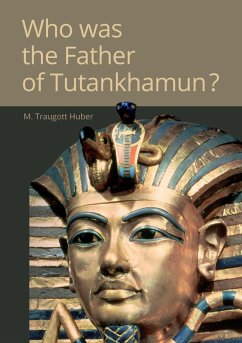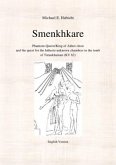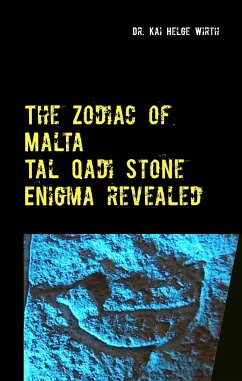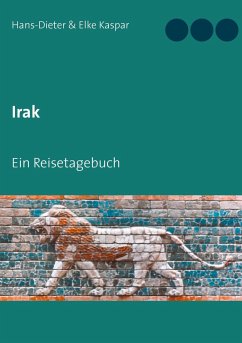This book presents the results of the author's inquiries during the past 31 years on one of the most hotly debated subjects of Ancient Egypt, namely the Amarna Period of the 18 Dynasty. Based on a thorough study of the archaeological facts, the available genetic data, the relevant literature, and documentary videos, a coherent new view is presented. This book resolves most of the enigmas of this fascinating period of Ancient Egypt. It discloses the true parents of Tutankhamun. It exposes the identity of Pharaoh Smenkhkare, who died an untimely death at the age of 21. It reveals the gender of the enigmatic Pharaoh Ankhkheperure Neferneferuaten. It uncovers the parents of Queen Nefertiti. It discloses the identity of mummy KV35YL. It lays open who was buried in the puzzling KV55 and by whom. It clarifies why vizier Ay, instead of general Horemheb, succeeded Pharaoh Tutankhamun. It unveils the identity of Dahamunzu and reveals why she was forced to request a son from the Hittite Great King Suppiluliuma I. The topics treated in this book were subject to innumerable publications over the past 122 years, starting with Flinders Petrie (1894). None, however, answered the author's questions satisfactorily. This book delivers verifiable answers to crucial questions left open and corrects erroneous views in the most recent articles and books on Tutankhamun and the Amarna Period.








